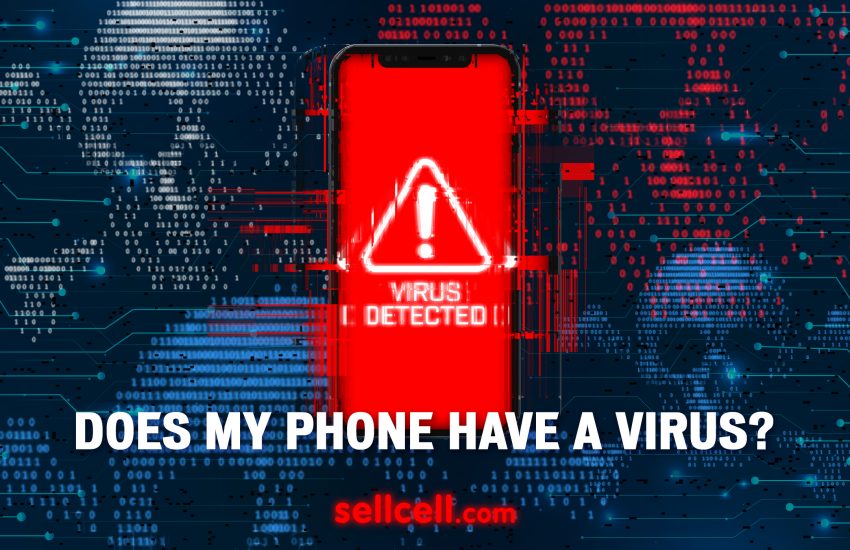In this blog post, we’ll learn all about the kind of viruses that can land on your phone.
Is it possible to get a virus on your iPhone? How about an Android device?
We’ll also learn all about removing viruses from smartphones so all your data remains safe.
With the increasing use of smartphones in our everyday lives, it’s important to be aware of their possible vulnerabilities. One such issue is the possibility that your device could become infected with a virus or malware which can be difficult to detect — and even harder to remove. So how do you know if your phone has been compromised? Let’s explore some common signs that may indicate your smartphone has been infected by a virus. Once we do that, let’s find out what steps you can take to protect your device moving forward.
What are the signs that my phone has a virus?
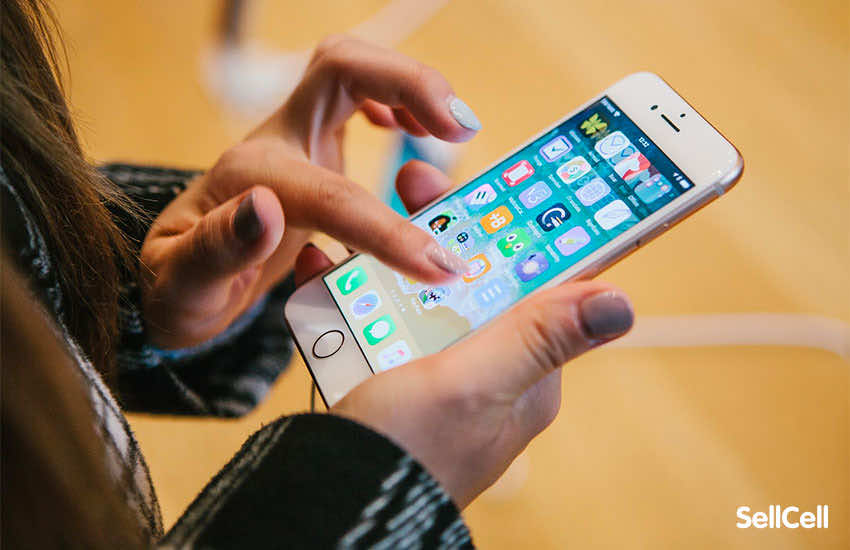
In today’s digital age, our smartphones play a crucial role in our daily lives. Unfortunately, this also makes them a prime target for cybercriminals who seek to exploit vulnerabilities and gain unauthorized access to sensitive information. One of the most common ways for them to achieve this is by infecting our devices with viruses.
But how can you tell if your phone has a virus? There are several signs to look out for, including the sudden slowing down of your phone’s performance. This can manifest in the form of applications taking longer to load or crashes happening more frequently than usual. You may also notice that your phone’s battery life drains faster than normal.
Another tell-tale sign of a virus is the occurrence of random pop-ups or ads on your phone’s lock screen or while using an app. These can often be difficult to close, leaving you feeling frustrated and unsure what to do.
A virus may also cause your phone’s data usage to skyrocket. If you notice a sudden increase in the amount of mobile data you’re using, it may be worth checking to see if any apps are misbehaving in the background.
It’s also worth being on the lookout for any unusual text messages or emails sent from your phone without your consent. Cybercriminals may use your phone to send malicious links or requests to your contacts, putting their information at risk as well.
So how can you protect yourself against viruses on your phone? It’s important to ensure that you only download apps from reputable sources such as the Google Play Store or Apple App Store. You should also keep your operating system and apps up to date, as new software updates often contain security patches that address known vulnerabilities.
In conclusion, being aware of the signs of a virus on your phone is crucial in keeping your personal information safe from cybercriminals. By staying vigilant and following best practices for mobile security, you can enjoy the benefits of your smartphone and stay protected at the same time.
What kind of viruses can you get on your phone?
There are several types of viruses that can infect your phone, including trojans, worms, spyware, and adware.
- Trojans are disguised as legitimate apps but contain a malicious payload that can harm your phone’s security.
- Worms spread fast and can replicate themselves over and over again, causing damage to your device.
- Spyware is used for surveillance purposes and can track your personal information, while adware displays unwanted ads on your phone.
It’s important to note that viruses can slow down your device, drain your battery, and potentially steal your personal information. Therefore, it’s crucial to take precautions by downloading apps and software only from trusted sources, updating your phone regularly, and installing anti-virus software to protect your device from any potential threats.
What are the most common viruses for Android?
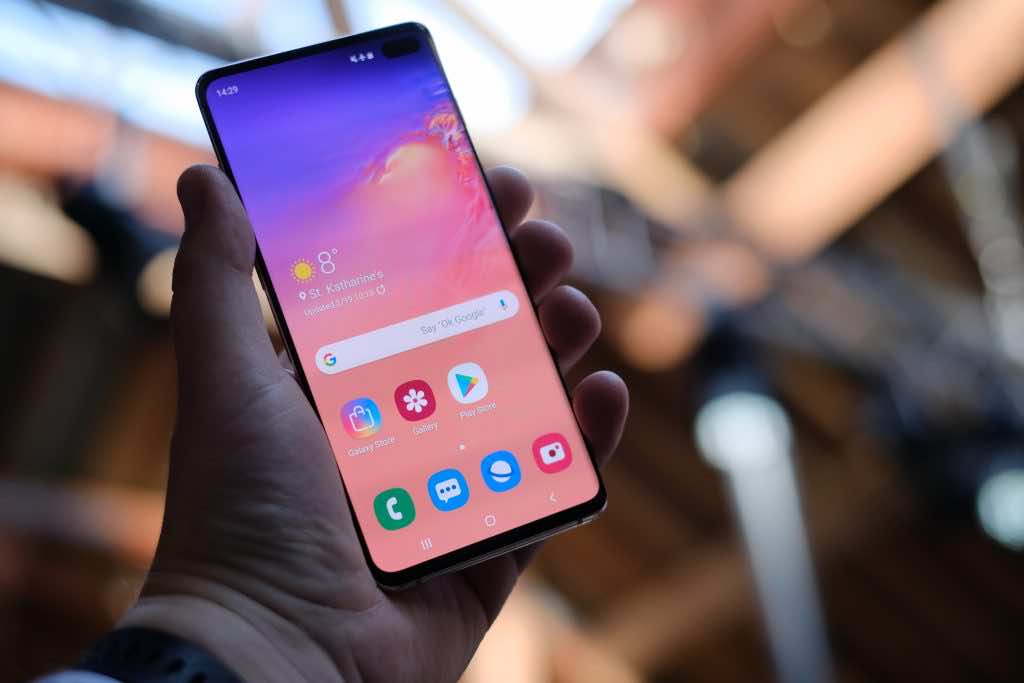
As an Android device user, you must be aware of the harmful malware and viruses that can affect your device. Here are the most common ones:
- Adware: This type of malware can display intrusive and unwanted ads on your phone, including in your notification bar, lock screen, and within apps.
- Trojan: Be cautious of malicious programs disguised as legitimate software. These can steal your personal information, record keystrokes, or provide unauthorized access to cyber criminals.
- Spyware: Designed to monitor your activities secretly, spyware can collect sensitive information and create security risks such as identity theft, blackmail, or surveillance.
- Ransomware: Beware of this dangerous malware that encrypts your device and demands a ransom payment for restoring access to your data.
- Banking Trojans: These are dangerous malware that targets banking and financial apps. These aim to steal login credentials, credit card information, or other financial details.
- SMS Trojans: Stay aware of unauthorized text messages caused by SMS Trojans. These can result in unexpected charges on your phone bill.
- Rootkits: Fancy unauthorized control on your device? Rootkits can gain root access, giving cybercriminals complete control over your device.
New malware types keep emerging with time, which means you need to take significant measures to protect your Android device. Always update your operating system and apps and follow mobile security best practices. It also won’t hurt to use reputable antivirus software to secure your device from potential attacks.
What are the most common viruses for your iPhone?
iPhones are less prone to viruses because their system is more secure, with self-contained, built-in security measures. However, there are still some things to watch out for:
- Jailbreaking: When you try to get unauthorized apps on your iPhone by getting around Apple’s security measures, you open yourself up to malware and viruses.
- Phishing Attacks: These are scams that try to trick you into giving away personal information, like your passwords and credit card details, by using false emails, messages or websites.
- Rare Malicious Apps: Although it is not common, some harmful apps have slipped through Apple’s review process. Apple is quick to remove them once they are identified.
Does my iPhone have a virus?
If you suspect that your iPhone may have a virus or malware, there are several steps you can take to check for signs of infection. To do so, you can follow these tips to ensure your device is secure and protected:
How to check if my iPhone has a virus
Here are a few steps you have to take to figure out if your iPhone has been infected with a virus
- Check for unusual behavior: Look for any unexpected or unusual behavior on your iPhone, such as apps crashing frequently, sudden battery drain, or sluggish performance. These symptoms can have various causes, but they can also indicate a malware infection.
- Monitor data usage: Keep an eye on your data usage. If there is a significant increase in data consumption without an apparent reason, it could be a sign that a malicious app or process is running in the background and consuming data.
- Review app permissions: Go through the permissions granted to your installed apps. Check if any apps have excessive or unnecessary permissions, such as accessing your contacts, messages, or location, without a valid reason.
- Verify app sources: Ensure that you have only installed apps from trusted sources, such as the official Apple App Store. Remove any suspicious or unknown apps from your device.
- Update iOS regularly: Keep your iPhone’s operating system up to date. Apple regularly releases iOS updates that include security patches and bug fixes, which can help protect against potential vulnerabilities.
- Use security software: Install reputable security software or antivirus apps from trusted sources. While they may not be specifically designed to detect iPhone viruses, they can help identify and mitigate other potential security risks.
- Reset settings: If you suspect a serious infection, you can consider resetting your iPhone’s settings. Go to Settings > General > Reset and choose “Reset All Settings.” This will not erase your data, but it will reset all your personalized settings to default.
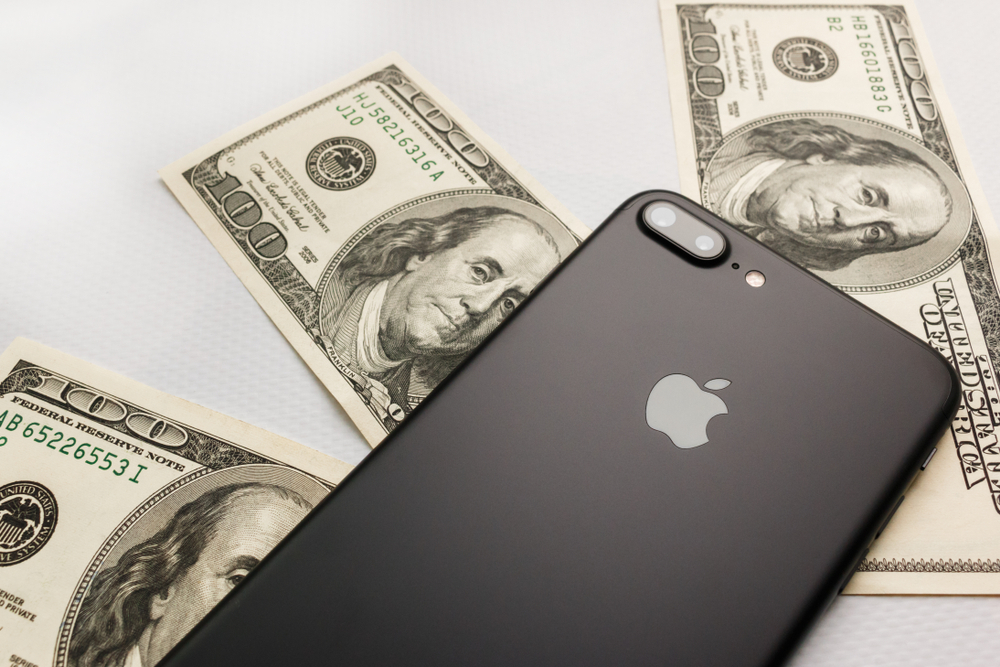
Taking these steps can help you ensure that your iPhone is protected against viruses and malware. However, if you still have concerns or believe your iPhone is compromised, it’s advisable to contact Apple Support. Alternatively, seek assistance from a professional to diagnose and resolve any potential issues. Remember that keeping your device’s software up to date and using trusted and verified apps are some of the best ways to protect against potential threats.
How to remove a virus from my iPhone
If you suspect that your iPhone may have a virus, it’s important to take action to protect your personal data and the security of your device. Although iPhone infections are rare, they can happen, especially if you download apps from untrusted sources or click on suspicious links. Fortunately, removing a virus from your iPhone is usually not difficult if you follow these steps:
1. Update your iOS
Ensuring that your iPhone is running the latest version of iOS is essential to fix any security vulnerabilities that may have been exploited by viruses. To check for updates, go to Settings > General > Software Update, and if there is a new update, tap Download and Install. It’s best to do this over Wi-Fi and to back up your iPhone before updating.
2. Check for suspicious apps
Sometimes, a virus can infect your iPhone by disguising itself as a legitimate app or by piggybacking on a genuine app. If you notice any apps that you do not recall downloading or that have sketchy names or ratings, you should remove them from your iPhone. To do this, press and hold their icons on the home screen until they jiggle, then tap the delete button (x).
3. Clear your browser data
If you have been experiencing browser-related issues such as pop-ups, redirects, or slow loading times, you may want to clear your browser data. This includes your browsing history, cookies, and cache. To do this for Safari, go to Settings > Safari > Clear History and Website Data. For other browsers, check their respective settings.
4. Reset all your settings
If your iPhone is showing persistent issues that are not explained by any suspicious app or browser data, you can consider resetting all your settings to default. This will not erase any of your data, but it will erase any customized settings, such as your wallpaper, ringtone, or Wi-Fi passwords. To do this, go to Settings > General > Reset > Reset All Settings.
5. Restore from a backup
If all else fails, you can try restoring your iPhone from a backup that was made before the virus infected your device. This will erase all your data and settings from your iPhone and replace them with the backup’s contents. To do this, connect your iPhone to a computer with iTunes (or Finder if you use macOS Catalina or later), select your device, and choose the option to “Restore Backup.” Select the most recent backup that you trust and that precedes the suspected infection.
Removing a virus from your iPhone is usually not necessary if you follow good security practices. However, if you do suspect a virus, there are several steps you can take to address it. Always make sure to update your iOS, check for suspicious apps, clear your browser data, reset all your settings, and restore from a backup if needed. If you continue to have concerns about your iPhone’s security or performance, contact Apple Support or a professional.
Does my Samsung (Android) phone have a virus?
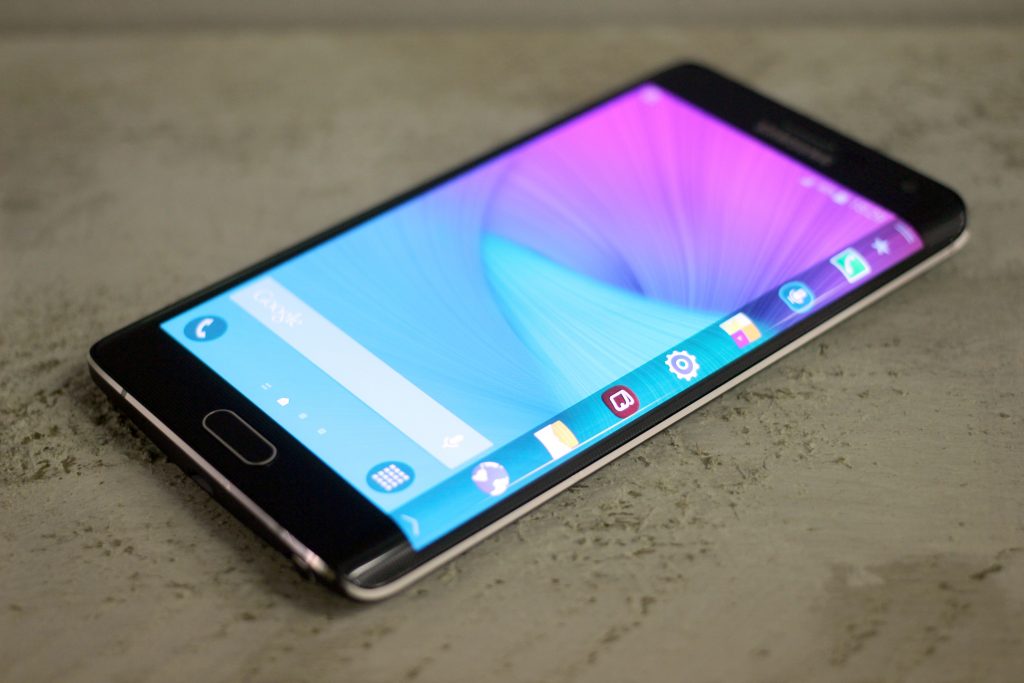
Whether you use your Samsung Android phone to stay in touch with loved ones, browse the internet, or manage your finances, you want to be sure that it’s free of viruses and other malicious software. With the proliferation of malware and other cybersecurity threats, it’s wise to be vigilant about the safety and security of your device. But how do you know if your Samsung Android phone has a virus?
How to check if my Samsung (Android) phone has a virus?
If you suspect that your Samsung Android phone may have a virus, you can follow these steps to check for signs of infection:
- Check for Unusual Behavior: Look for any unusual behavior on your phone, such as apps crashing frequently, sluggish performance, or unexpected restarts. These symptoms can sometimes indicate a malware infection.
- Monitor Data Usage: Keep an eye on your data usage. If you notice a significant increase in data consumption without an apparent reason, it could be a sign that a malicious app or process is running in the background and consuming data.
- Review App Permissions: Go through the permissions granted to your installed apps. Check if any apps have excessive or unnecessary permissions, such as accessing your contacts, messages, or location, without a valid reason.
- Battery Drain: Monitor your phone’s battery usage. If you notice that your battery is draining faster than usual, it could be a sign of a malware infection.
- Pop-ups and Ads: Pay attention to any unexpected pop-ups or ads appearing on your phone, both within apps and on the lock screen. Persistent or intrusive ads can indicate the presence of adware or malware.
- Unknown Apps or Sources: Check for any unfamiliar or suspicious apps installed on your device. Go to Settings > Apps (or Application Manager) and review the list of installed apps. If you find any apps that you didn’t install or that seem suspicious, uninstall them immediately.
- Use Antivirus Software: Install a reputable antivirus or mobile security app from a trusted source. Run a thorough scan of your device using the antivirus app to check for any malware or viruses.
- Update Operating System and Apps: Ensure that your Samsung phone’s operating system and apps are up to date. Manufacturers release regular updates that include security patches to address vulnerabilities. Go to Settings > Software Update to check for updates.
- Avoid Unknown Sources: Make sure that the “Unknown Sources” option is turned off in your phone’s settings. This prevents the installation of apps from outside the official Google Play Store, reducing the risk of downloading malicious apps.
If you find any signs of malware or suspect a virus infection on your Samsung or Android phone, it’s recommended to take action immediately. Uninstall any suspicious apps, run a scan with your antivirus app, and consider contacting the app developer or seeking assistance from a professional if necessary.
How to remove a virus from my Samsung (Android)?
If you think your Samsung Android phone has a virus, here’s how to remove it:
- Boot into Safe Mode by restarting your Samsung or Android phone and holding down the Power button. Press and hold the “Power Off” option until you see “Reboot to Safe Mode.” This stops any third-party apps (including malware) from running.
- Uninstall apps you don’t recognize. Go to Settings > Apps > Installed apps and delete apps you didn’t download. This helps remove any suspicious apps that could infect your phone.
- Clear an app’s data and cache if you think it’s infected. Tap on the app, select Storage, and choose to clear data and cache.
- Download an antivirus app from a trusted source (like Google Play). Run a full scan of your phone to remove remaining malware or viruses.
- Keep your Samsung or Android phone updated. Head to Settings > Software Update to see the latest updates and install them.
- If the virus persists, consider factory resetting your phone. Head to Settings > General Management > Reset > Factory Data Reset. Remember, this erases all your data, so back up your phone before resetting it.
Be careful when downloading apps and browsing the internet. Stick to the Google Play Store and avoid downloading apps from unknown sources. Regularly updating your phone and using an antivirus app can help stop viruses and malware.
How to use Google Play’s Play Protect to scan your Android device
One thing you have to know about your Android phone is that it doesn’t come unprotected. In fact, there’s a feature called Play Protect that automatically scans your apps for any type of malware. This innovative software is integrated into all Android devices to provide real-time protection against malicious apps, phishing attempts, and harmful websites.
Play Protect scans billions of apps every day, to identify and eliminate any harmful content, and also checks for device vulnerabilities to ensure they are up-to-date and secure. The tool uses machine learning algorithms to detect potential security risks and regularly reviews and updates its database to stay on top of the latest threats.
One thing you can do, however, is run scans on your own too. Simply launch Google Play -> tap on your profile in the top right corner -> Play Protect -> Scan. It’s super easy!
How to enhance your Samsung phone security
A cool thing you can find on Samsung smartphones is a little bit of extra security. Some Samsung phones come with McAfee security software pre-installed. However, this may vary depending on the region and model of the Samsung phone. Additionally, some Samsung phones may offer McAfee as an optional security app that can be downloaded from the Google Play Store. If your phone model doesn’t have this feature, you can still rely on Play Protect primarily.
So go ahead and open the Settings app -> Security and privacy -> App security -> Device protection. If McAfee device protection is not yet turned on, you’ll just have to tap the toggle to mend this. Once that’s done, you can run device scans anytime you want. Once more, this is just an extra security measure, as Play Protect will still scan all the apps installed on your device.
Steps to protect your phone from a future virus – The ten commandments of phone safety
To keep your phone safe from viruses, follow these steps:
- Only install apps from trusted sources like the Apple App Store or the Google Play Store. These platforms have strict security measures to remove malicious apps.
- Read reviews from other users before installing an app. Identify potential issues or red flags before downloading.
- Keep your phone’s software and apps updated. These updates include security patches that fix vulnerabilities.
- Install reputable mobile security or antivirus apps. They scan and detect potential threats and offer other security features.
- Avoid clicking on suspicious links in emails, text messages, or pop-ups, and only download files from trusted sources.
- Review the permissions requested by apps before granting access to your device’s features or data.
- Enable “Unknown Sources” on Android devices only when necessary and disable it afterward to avoid installing apps from outside of the Google Play Store.
- Enable two-factor authentication whenever possible for an extra layer of security.
- Create strong and unique passwords for your accounts and avoid reusing them across multiple platforms. Consider using a password manager.
- Be informed about common phishing techniques and scams aimed at mobile devices. Therefore, you should avoid providing sensitive data unless you are sure of the source.
